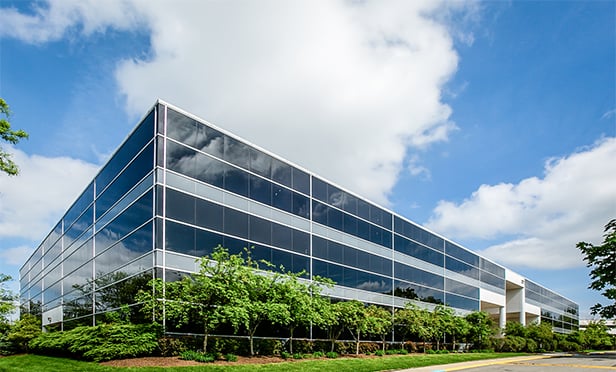What happened? Well, many of the older corporate real estate executives retired during the first outsourcing initiatives of the late 1990s. They were replaced by a "new age" of leaders in corporate real estate who come more often from other, unrelated areas within the organization. Our day-to-day contacts are HR directors, engineers, accountants and attorneys. Most of them are not real estate people in the technical sense of the term. They don't hold real estate licenses and they don't have real estate on the top of their list of responsibilities. Often, it's something thrown in because, well…their company fired the real estate guy.
What does this mean for the real estate service provider? Well, because of the reasons mentioned above, these folks approach real estate differently. They have a strong desire to control costs versus treating real estate like it was simply a matter of crossing items off a list. And, because they didn't grow up in real estate, they tend to have a stronger reliance on an outside "solutions expert."
Our particular clients say they want an approach to corporate real estate that is in alignment with their company's goals rather than based on market trends. They simply don't want a broker telling them the time is right if the decision itself is not right.
Interestingly, and as I've mentioned in this column before, these CRE leaders are looking more and more to companies like ours for their in-house talent. This is a 180° change from the 1990's when service providers hired their talent from corporations.
Most interestingly, the real estate directives are now more often generated at the chief executive level (CEO, CFO) versus the business-unit level. Thus, the decision maker is not the real estate manager but the "new age" CRE leader because well…their company fired the real estate guy.
This "new age" leader is supporting a new generation of worker.
CoreNet's Corporate Real Estate 2010 initiative found over the next five years there will be a 20% increase in mobility and working remotely. The change is due in part to technology, but also because we now have perhaps the widest multi-generational work force. The fastest-growing segment of the work force is workers under age 30, the so-called Generation Y. Growing at 2% to 3% per year they now make up over 32 million workers. They sit in the cubicle in your office that's always empty. You can't make them fill the cubicle and you can't deny them a space to work.
Hewlett Packard did a study cited in last December's Real Estate Forum and found that at any given time only 35% of HP employees were actually at their desks, 15% to 20% were moving around the office environment and the rest were working from home or on the road. HP concluded that 65million sf of its space was underutilized and embarked on an initiative to create more communal work places and reduce the number of workstations.
While this might be an extreme example, CoreNet believes the decline in demand from big corporations will go as high as 20%. However, I believe this gap will be filled by fast growth and mid-cap companies. That matches exactly with my vision to be the leader in providing complete real estate solutions that accelerate the business performance of mid-cap companies.
Vik Bangia is managing director, strategic services for the corporate solutions group of United Properties in Minneapolis. The views expressed in this article are the author's own.
© Touchpoint Markets, All Rights Reserved. Request academic re-use from www.copyright.com. All other uses, submit a request to [email protected]. For more inforrmation visit Asset & Logo Licensing.






